Project
Migratory fish species in the North Sea region
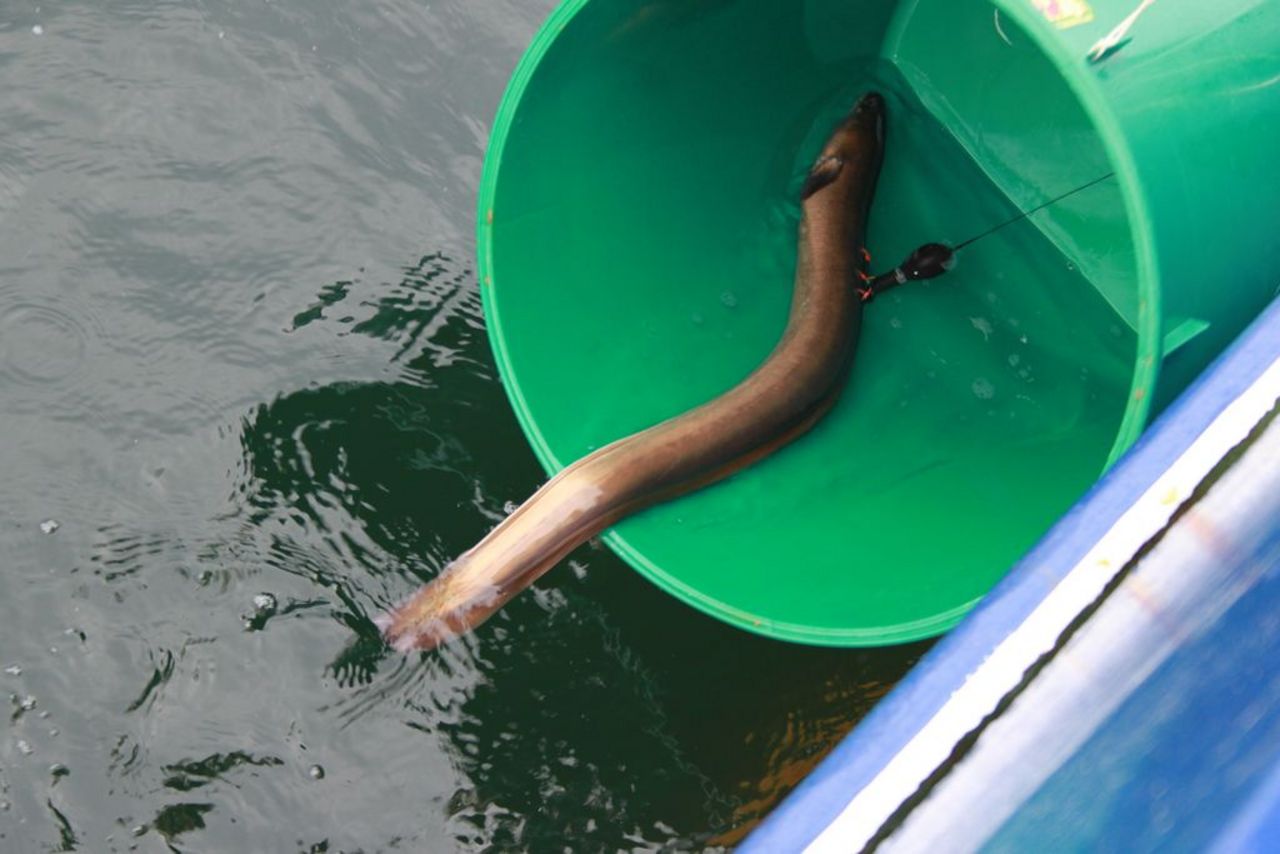
Living North Sea
Migratory fish species, such as eel and sea trout, spend a part of their lives in salt water of the seas and another part in rivers and lakes. The migration between the two worlds is essential for these fish species. However, many anthropogenic activities threaten these species.
Background and Objective
Several fish species, such as salmon, sea trout and eel need to migrate between the sea and freshwaters. If their migrations are disturbed, this has adverse effects on the stocks. Migratory species are particularly affected by obstructions such as weirs, dams or locks that were built for different water management purposes or for the use of hydropower. In addition, other factors, such as exotic parasites can affect these species. The knowledge about their migration routes is limited. Therefore, it is necessary to expand our knowledge about these species and to take action to allow free migration of the fish.
The project "Living North Sea" focuses on key issues and solutions for fish migration in the North Sea Region. The project is funded by the North Sea Program of the European Regional Development Fund. "Living North Sea" is a collaboration of 15 organizations from seven countries around the North Sea region.
Approach
The Thünen Institute of Fisheries Ecology is involved in the project with the following work:
- We investigate the migration of eels in the estuary area of the Eider and the North Sea with pop-up satellite transmitters. Very little is known about the migration of eels in the sea.
- We investigate the infestation of eel with the swim bladder parasite Anguillicola crassus in north German waters. This exotic parasite is discussed as a possible factor in the negative population development of the eel.
- We cooperate in the analysis of the genetic structure of sea trout populations in the North Sea area.
- We organize the workshop "Migratory Fish in Northern Germany - Status, Problems, Projects" in the frame of the international Fish Migration Day.
Results
Eel migrations in the Lower Eider and the North Sea
In the project, seven silver eels were equipped with pop-up satellite transmitters and released in the Lower Eider. We intended to gain information whether silver eels, which had been transported from inland waters to the Lower Eider, continue their seaward migration or whether they stay in the River Eider and even migrate upstream again. In addition, we also hoped to learn more about the migratory behavior in the North Sea and possibly in the Atlantic Ocean.
Three of the seven fish left the Lower Eider quickly. Another fish stayed in the river and most likely migrated upstream again. The eels, which had left the Eider, consistently chose a north to northwesterly route. During the migration in the North Sea, the three eels undertook the typical daily vertical movements, with swimming near the surface at night, while staying close to the bottom during the day. The documented distances from the release site to the place of first localization of the transmitter were between 170 km and 800 km. The resulting minimum average speed was about 6-11 km / day. This is much slower than would be required for migrating the entire way to the spawning grounds within half a year.
Infestation of eel with the swim bladder parasite Anguillicola crassus
Within the project, an already ongoing monitoring of the infestation of eel with the swim bladder nematode Anguillicola crassus was continued. Together with the State Research Center for Agriculture and Fisheries Mecklenburg-Vorpommern, additional data from coastal waters of the Baltic Sea were analyzed. In the freshwaters, the prevalence was consistently high in the range of 65–83 %. However, a significant decreasing trend in the infection intensity (adult parasites per infected swim bladder) was shown for eels from the rivers Elbe and Ems. The fish still had considerably damaged swimbladders – possibly resulting from heavier infections in the past – but were less heavily infested with the parasite at present. Therefore, an improvement of the situation in the next few years seems possible.
Compared to the inland waters, the infestation rates in eels from coastal waters generally were lower (10-58%). Also, the infection intensity and damage to the swim bladders were significantly reduced in these waters. We found a clear decreasing trend from the inner to the outer coastal waters. The study indicates that the coastal waters of the Baltic Sea constitute valuable habitats for the production of high quality eel spawners.
Links and Downloads
Involved external Thünen-Partners
- The Rivers Trust
(Melrose, Großbritannien (inkl. Nordirland)) - Environment Agency
(Solihull, Großbritannien (inkl. Nordirland)) - Tweed Foundation
(Melrose, Großbritannien (inkl. Nordirland)) -
University of Aberdeen
(Aberdeen, Großbritannien (inkl. Nordirland)) - Regional Water Authority Hunze en Aa's
(Veendam, Niederlande) - Regional Water Authority Noorderzijlvest
(Groningen, Niederlande) - Regional Water Authority Waternet
(Amsterdam, Niederlande) - Royal Dutch National Angling Organisation
(Bilthoven, Niederlande) - Research Institute for Nature and Forest (INBO)
(Brüssel, Belgien) - Municipality of Falkenberg
(Falkenberg, Schweden) - Odense Municipality
(Odense, Dänemark) - Danish Technical University (DTU)
(Kopenhagen, Hirtshals, Charlottenlund, Dänemark) - Norwegian Institute for Nature Research (NINA)
(Trondheim, Norwegen) - CEFAS (Centre for Environment, Fisheries & Aquaculture Science)
(Lowestoft, Großbritannien (inkl. Nordirland))
Funding Body
-
European Union (EU)
(international, öffentlich)
Duration
9.2009 - 3.2013
More Information
Project status:
finished
Publications
- 0
Verhelst P, Reubens J, Coeck J, Moens T, Simon J, Van Wichelen J, Westerberg H, Wysujack K, Righton D (2022) Mapping silver eel migration routes in the North Sea. Sci Rep 12:318, DOI:10.1038/s41598-021-04052-7
- 1
Bekkevold D, Piper A, Campbell R, Rippon P, Wright RM, Crundwell C, Wysujack K, Stevens JR, King RA, Aarestrup K, Maltby A (2021) Genetic stock identification of sea trout (Salmo trutta L.) along the British North Sea Coast shows prevalent long-distance migration. ICES J Mar Sci 78(3):952-966, DOI:10.1093/icesjms/fsaa240
- 2
Wysujack K, Dorow M, Ubl C (2014) The infection of the European eel with the parasitic nematode Anguillicoloides crassus in inland and coastal waters of northern Germany. J Coastal Conserv 18(2):121-130, doi:10.1007/s11852-013-0274-z

![[Translate to English:] [Translate to English:]](/media/_processed_/2/9/csm_Embryo-Exp_Gelege_9F_dpf5-200513111619_c8534a8199.jpg)
![[Translate to English:] [Translate to English:]](/media/_processed_/2/9/csm_Embryo-Exp_Gelege_9F_dpf5-200513111619_9027994d44.jpg)
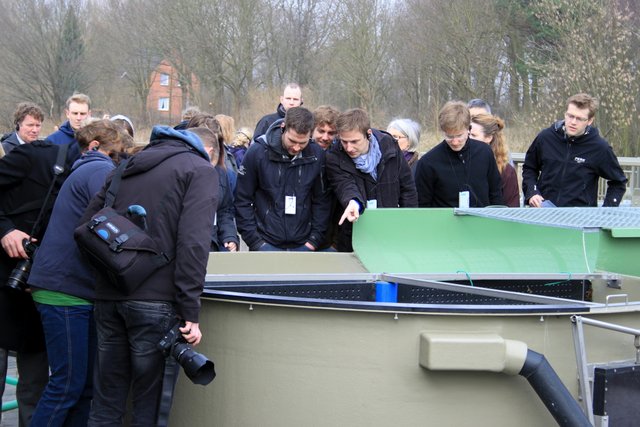
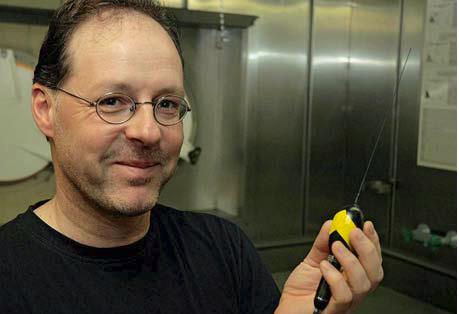
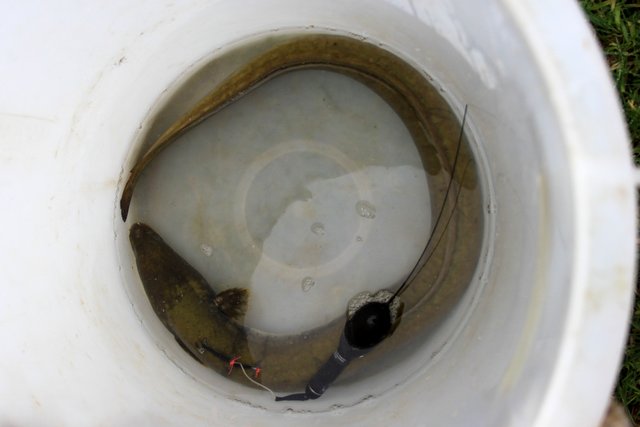
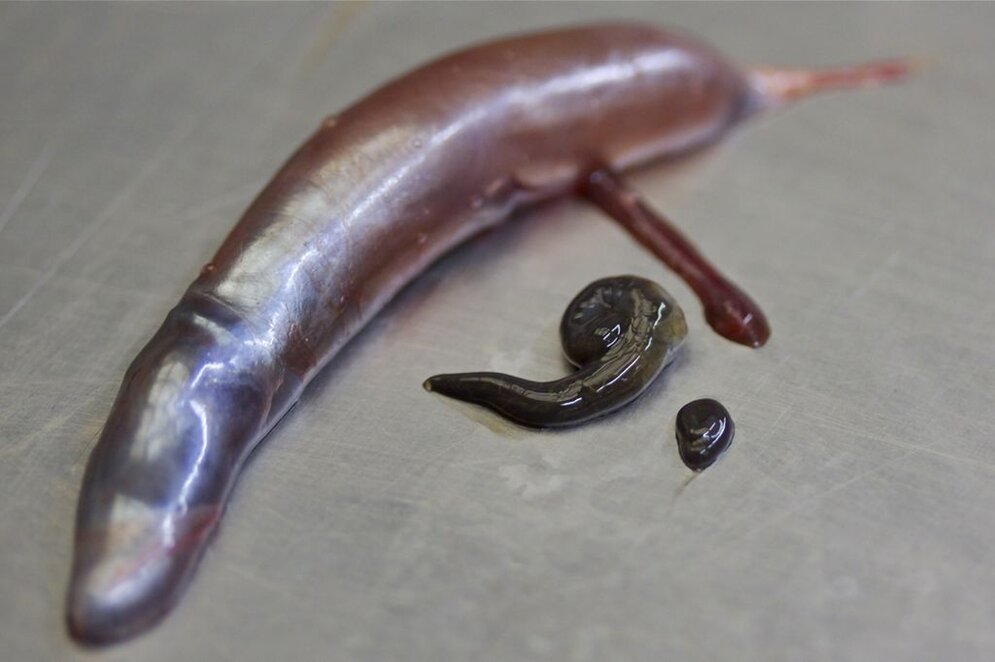

![[Translate to English:] Logo des Bundesministerium für Ernährung und Landwirtschaft](/media/allgemein/logos/BMEL_Logo.svg)